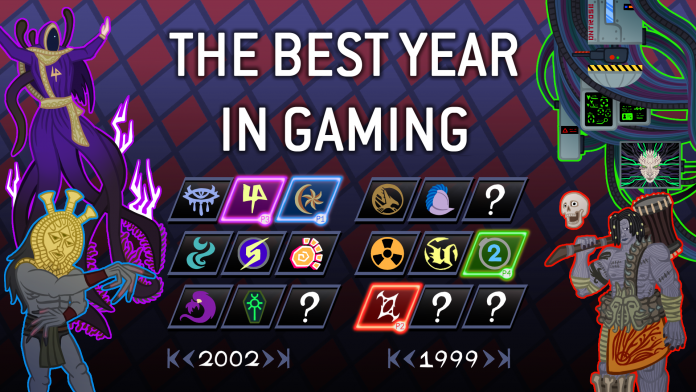Last year’s stacked lineup of games for the Game Awards had us thinking: What was the best year in gaming? As part of our series on determining gaming’s best year, we’re putting together an article on each year, charting the major releases and developments of the year, and talking about both their impact and what made them great.

The Year: 1992
Welcome to 1992. The console wars are raging. Nintendo holds Japan in a vice grip, while Sega has claimed Europe and South America. Across the United States, children in schools have divided themselves into the Nintendo and Sega camps. Nintendo, seeing its power erode for the first time, goes on the offensive, lowering the price of the Super Nintendo. Sega follows suit. By the end of the year the Super Nintendo will have outsold the Genesis, but will only have 45% of the market, down from 90% two years prior. This popularity leads to some interesting changes and consequences – while Nintendo’s existing licensing agreements keep developers from bringing the same games to both consoles, there are workarounds – modified versions of the same game show up on different consoles, different enough to avoid this problem.
It’s also worth noting that, because of the Genesis’ popularity in the United States, Sega was much more adept than Nintendo at releasing games in the west on time, and would often release games in the US and PAL regions before Japan. This was a massive benefit to Sega as it meant their strongest titles showed up immediately in their strongest market, while the SNES would often have to wait a year for titles to be translated and localized for the US market. That lag would pay off for Nintendo in the later years of the console war, however.
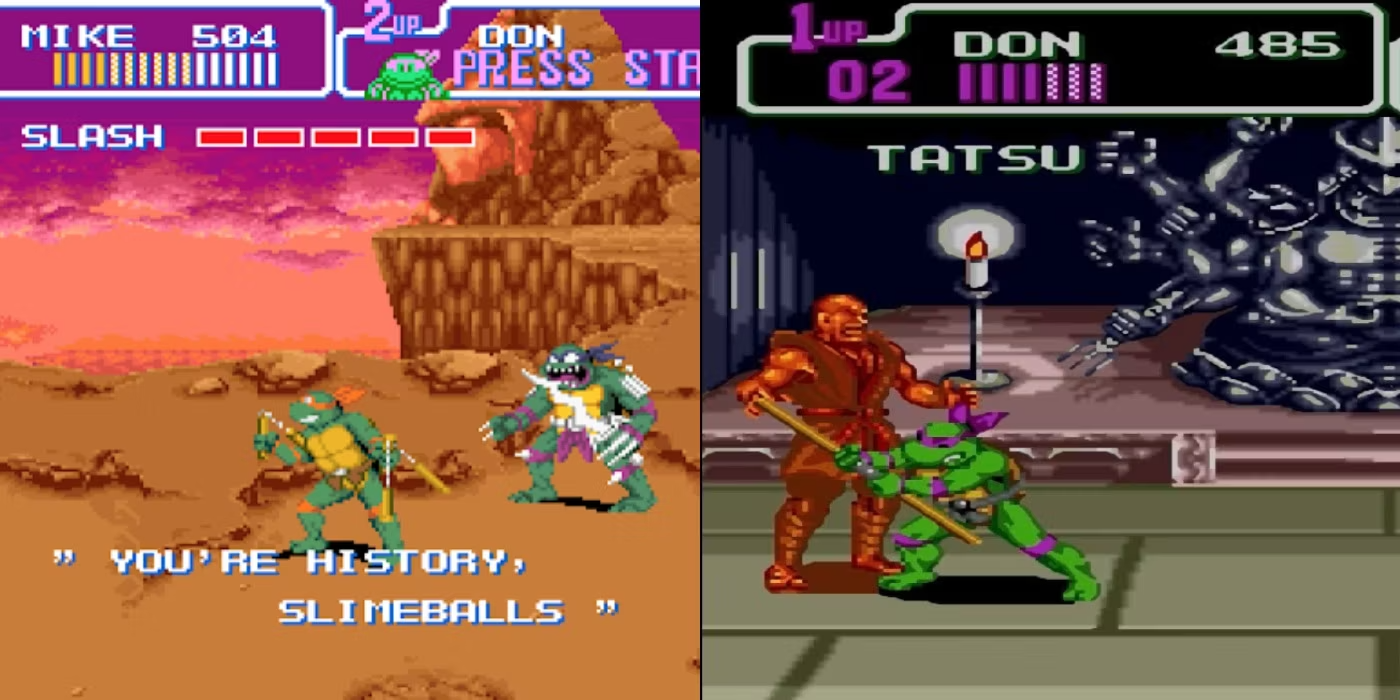
The Turtles Go 16-Bit
One good example of this is Konami’s pair of 16-bit Ninja Turtles games. While the Super Nintendo received a port of the arcade game Turtles in Time in 1992, Konami’s first game for the Sega Genesis was Teenage Mutant Ninja Turtles: The Hyperstone Heist, released that same year. Both games are side-scrolling beat ‘em ups featuring the ninja turtles, and share many sprites and assets, with similar game mechanics and stages. The end result is two games which are very similar, but different enough you’d call them different games (for the record, Turtles in Time is the superior outing for a few reasons, a pattern which would be pretty common, though things wouldn’t always go in Nintendo’s favor).
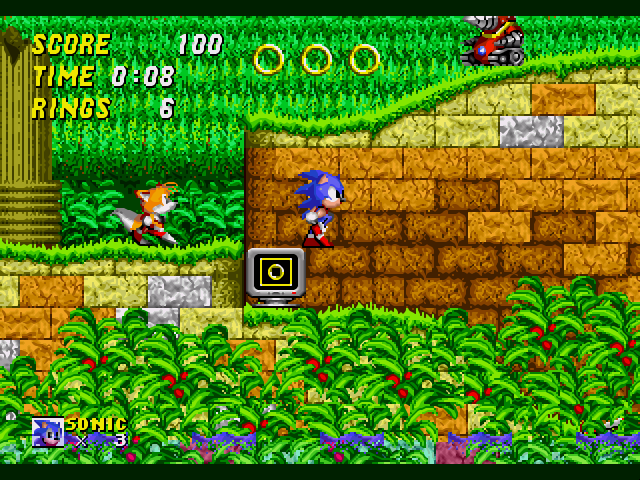
Sonic the Hedgehog 2
Just one year after Sega released its first Sonic the Hedgehog worldwide they dropped the sequel worldwide. Sonic the Hedgehog 2 is one of the all-time great video games, a polished gem which takes everything the first game did and improves on it – better graphics, better controls, bigger stages, better bosses, a tighter plot, and the addition of co-op and vs modes with the introduction of Sonic’s pal, Tails. Sonic 2 is a masterclass in level design and still holds up insanely well today. The most amazing part is that Sega arguably topped it two years later with a pair of games which together make up one of the greatest 2D platformers of all time. Still, Sonic 2 deserves a mention for any version of gaming’s Mt. Rushmore.
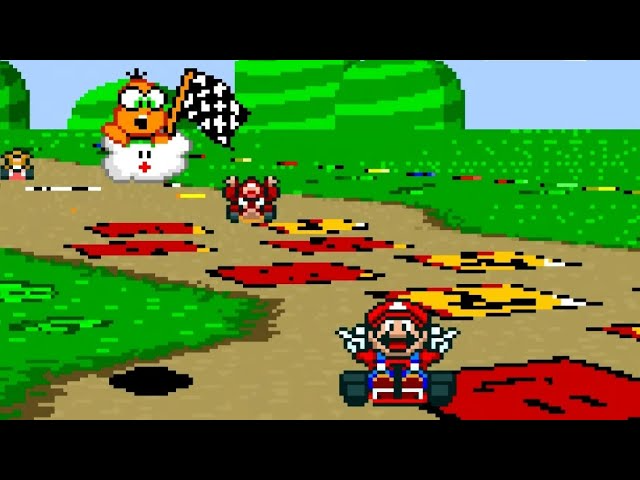
Super Mario Kart
Nintendo’s console wasn’t known as the place to go for sports games but they were more than capable of making great games in-house. In 1992 Nintendo published Super Mario Kart, a kart-based racer in which players could control famous Nintendo characters such as Mario, Luigi, Princess Peach, and Donkey Kong, each with their own unique characteristics, around a series of tracks. Along the way players could pick up items such as shells and mushrooms for speed boosts or to attack other racers. Super Mario Kart is an absolute blast to play and was an instant success, creating a much more accessible and fun racing game experience that makes it a good party game.
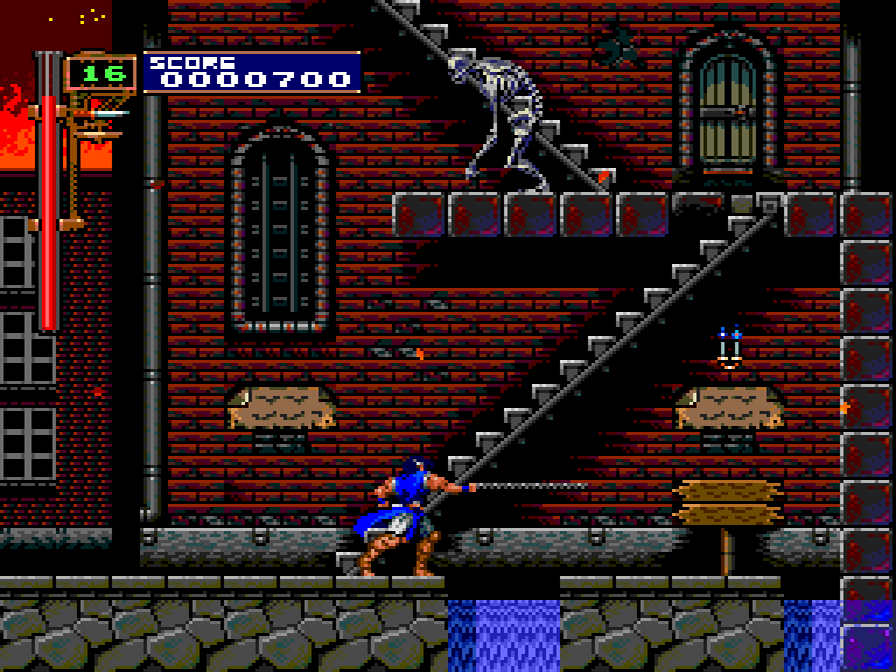
Castlevania: Rondo of Blood
US players firing up Castlevania: Symphony of the Night on their PlayStations and Saturns for the first time would likely have been a bit confused by the game’s first level, putting them back in the end to Castlevania: Rondo of Blood, a game they’d never played and likely never heard of. Castlevania: Rondo of Blood released on the PC Engine’s Super CD-ROM system in 1993, and at the time was the biggest Castlevania game yet, boasting 9 levels but a number of branching paths, alternate endings, and an additional playable character in Maria Renard. Rondo of Blood is a fantastic game and arguably the PC Engine’s best. Rondo of Blood eventually saw a partial release when it was remade as Castlevania: Dracula X for the Super Nintendo in late 1995. This new version lacked a number of the original’s features and just wasn’t very popular or widely played, especially since it was released at the very end of the SNES’ lifespan. It’s vastly inferior to the original, but not a bad game, all things considered.
Choose Your Fighter: Other Notable16-bit Games
This article is going to run longer than most. I’ve picked out the best releases for each console above, but it’s worth mentioning several other releases for the Genesis and Super NES. And the PC Engine was still around and had some notable games in 1993, even if their presence wasn’t really felt in the US.
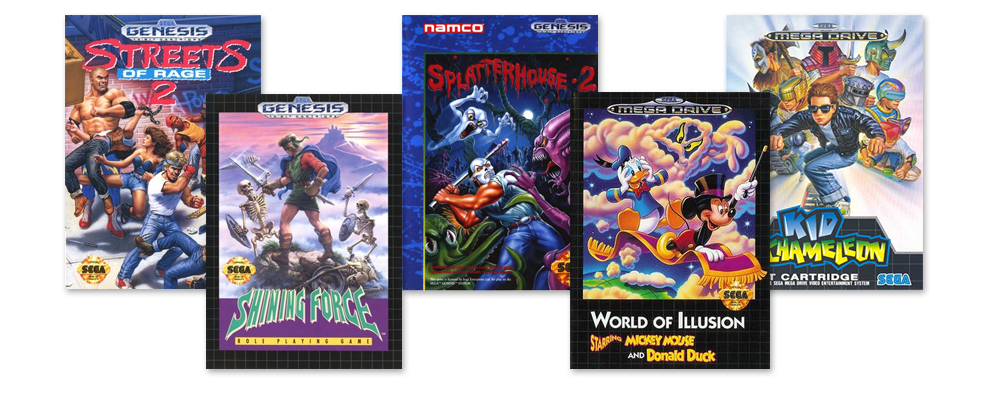
Sega Genesis/Mega Drive
- Streets of Rage 2 – The even better sequel to Sega’s 1991 Beat ‘em Up.
- Shining Force – The second game in Sega’s Shining series but by far the more well known, Shining Force gave Sega a solid RPG with tactical combat and slick battle cutscenes.
- Kid Chameleon – This 2d Platformer features more than a hundred levels with the titular character adopting different powers and personas via masks.
- Splatterhouse 2 – The sequel to the original bloody horror beat ‘em up, Splatterhouse 2 was part of a wave of gory games released in 1992 which would become part of a running theme.
- World of Illusion – The much better sequel to Forest of Illusion, featuring gorgeous graphics and solid platforming.
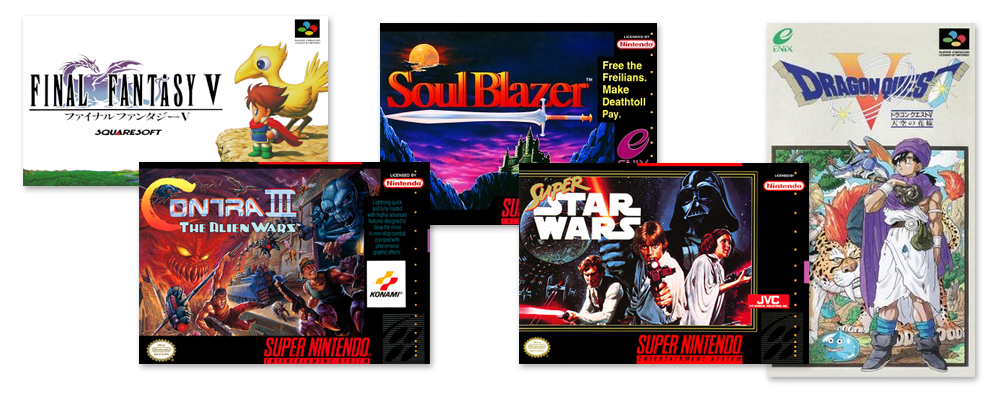
Super Nintendo/Famicom
- Final Fantasy V – Wouldn’t see a Western release until the Playstation era, but featured a compelling story and a remastering of FFIII’s job system.
- Dragon Quest V – Dragon Quest’s debut on the Super Famicom never saw a western release but was a massive hit in Japan.
- Contra III: The Alien Wars – One of the hardest SNES games, this Contra sequel had fun run-n-gun action and massive, memorable bosses
- Soul Blazer – The first game in the underappreciated trio of action RPGs from Quintet
- Super Star Wars – The Super Star Wars trilogy featured fantastic graphics and effects and basically redefined what Star Wars games should be.

PC Engine/Turbografx 16
- Bonk 3: Bonk’s Big Adventure – The third game in the Bonk series had the same great platforming but added a new two-player coop mode.
- Ys IV: The Dawn of Ys – Considered one of the best games on the PC Engine, this RPG takes place between Ys II and III and features animated cutscenes and voiced dialogue that’s surprisingly better than we’d see in PSX games a few years later.
- Lords of Thunder – Another of the PC Engine’s best games, this side-scrolling shooter is also one of the console’s prettiest games.
- Bomberman ’94 – Released in late 1993 on the PC Engine, Bomberman ’94 would eventually make its way to western markets on the Mega Drive/Sega Genesis.
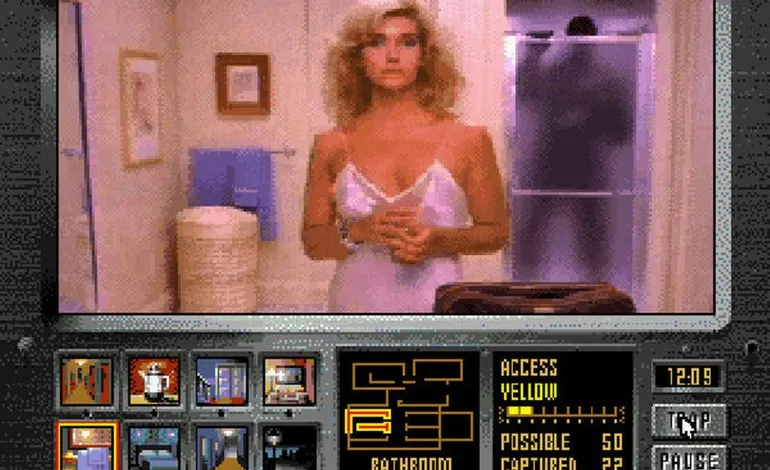
Night Trap
Night Trap is an FMV game for the Sega CD in which players try to defend a house sleepover from a series of murderous home invaders by setting off a series of traps. When players mess up, someone dies horribly. The FMV death scenes and implied violence against women made it the subject of major controversy the following year, when in concert with 1992’s other violent game, Congressional hearings were called to determine whether video games were too violent. Night Trap isn’t a particularly good game; it’s more noteworthy for its major role in the controversy and hearings, but it does lay down the roots for interactive movie games like Until Dawn and anything David Cage made.

Nintendo Sues Atari, Sega Sues Accolade
One of the measures Nintendo put in place when it developed the NES was the need for a proprietary lockout chip called the 10NES chip on the game cartridge to function. This was to limit game developers to only making games for the Famicom/NES if they had agreed to Nintendo’s draconian licensing terms. These terms included heavy censorship on violence, religious, and sexual content, being unable to release more than two games per year for the console, and a two-year console exclusivity window. While some of this has roots in the quality control issues which led to the video game crash of 1983, it was just as much about Nintendo holding an iron grip over the industry and by 1990 they had a 90% market share.
No stranger to creating subsidiaries to get around legal issues, in 1986 Atari Games formed Tengen with the intent of producing third-party games for the NES. During this time they’d attempt (unsuccessfully) to reverse engineer the 10NES chip and end up working with Nintendo in an official capacity. During that time they had their lawyers obtain the source code for the 10NES from the copyright office and used said code to make their own version of the 10NES.
Tengen would release a series of unlicensed games for the NES, including a version of Tetris, Shinobi, Gauntlet, Ms. Pac-Man, and Rolling Thunder. Nintendo then immediately sued them, starting a legal battle which wouldn’t end until 1994, with Atari losing. Though Atari’s accusations that Nintendo was price fixing and acting as a monopoly had merit, they’d ultimately forfeited any high ground thanks to illegally obtaining the 10NES source code.
Around the same time, Sega had sued Accolade for reverse engineering Genesis games software to avoid having to pay licensing fees. This case had a much different outcome, with the Ninth Circuit Court ultimately ruling that Accolade decompling Sega’s code constituted fair use. The two companies would ultimately settle out of court but the lawsuit itself would have major implications with regard to reverse engineering software and copyright infringement.
https://en.wikipedia.org/wiki/Atari_Games_Corp._v._Nintendo_of_America_Inc.
https://en.wikipedia.org/wiki/Sega_v._Accolade
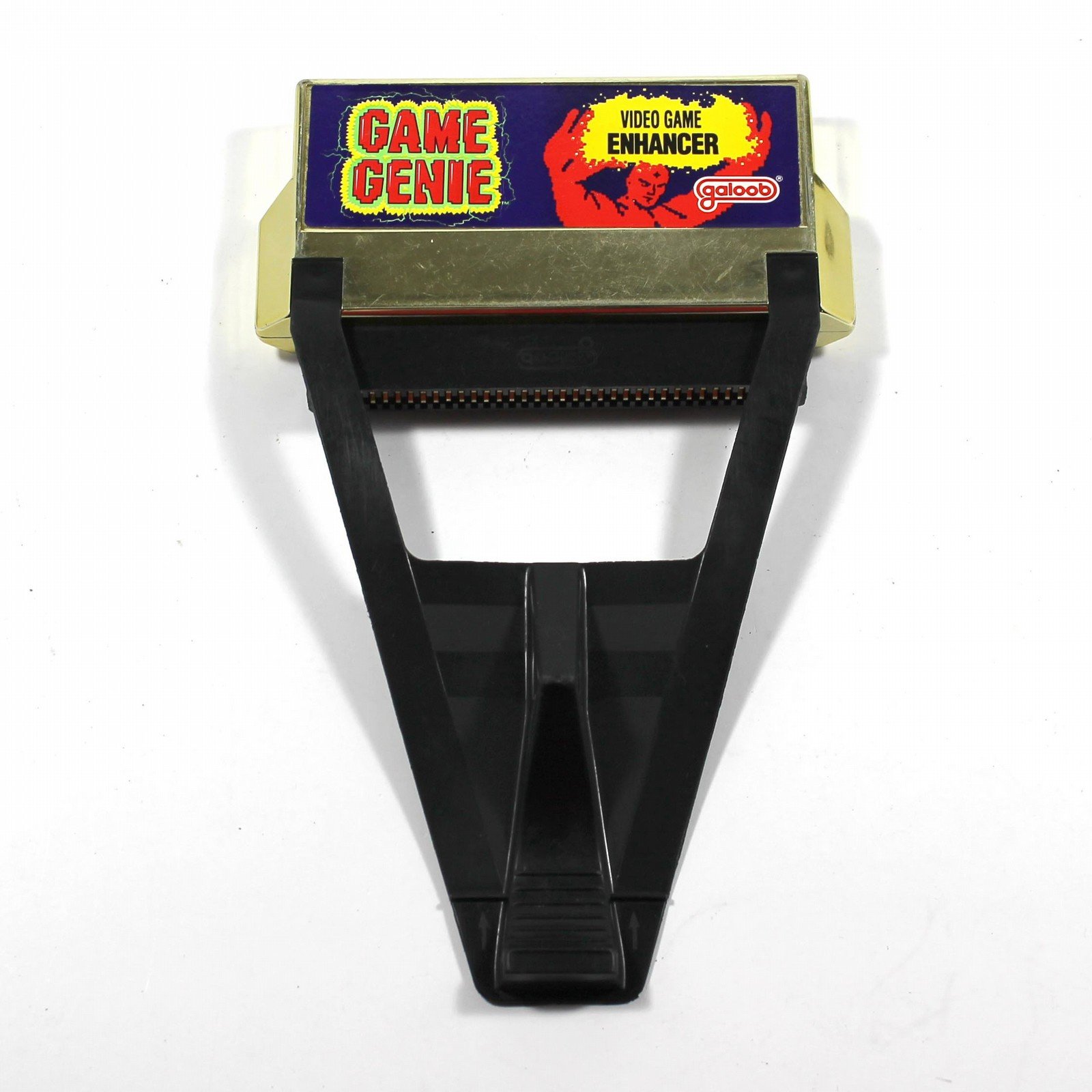
Game Genie Beats Nintendo
One more court case – in 1990 Galoob released its Game Genie cheat cartridge add-on for the NES, and would subsequently release similar add-ons for the SNES and Genesis. Having seen the lawsuit with Atari, Galoob figured Nintendo wouldn’t take kindly to the Game Genie and so took a proactive approach with regard to protecting their hardware. Nintendo filed a counterclaim and the two companies went to court. Eventually Galoob would win, ruling that Galoob had not violated Nintendo copyright and forcing Nintendo to compensate Galoob for lost sales for the Game Genie during the legal battle.
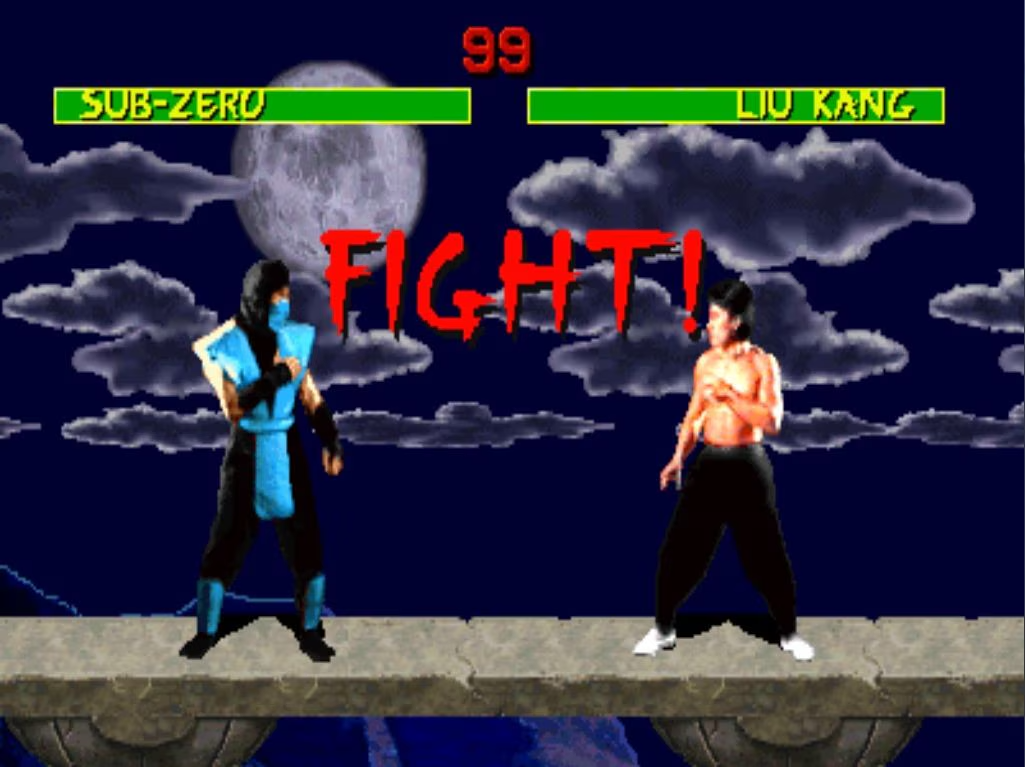
MORTAL KOMBAAAAAAAAAAAAAAAAT
One of the most important games in gaming history, Midway’s Mortal Kombat released to arcades in October 1992 and immediately made a massive splash. The game was famous for its realistic 2D digitized sprites and copious amounts of blood and violence, with the ability to do secret finisher moves called Fatalities which would involve killing the opponent in gory ways. On top of that, the game was just a solid fighting game. Maybe not as tight as Street Fighter II but easy to get into and fun to play for hours, with hidden content to discover during arcade playthroughs. Mortal Kombat was a massive success and its subsequent home console releases was a massive event. The game was a big enough deal that Nintendo agreed to a simultaneous port of the game on Sega platforms – albeit without blood in one of the most disastrous moves Nintendo would make.
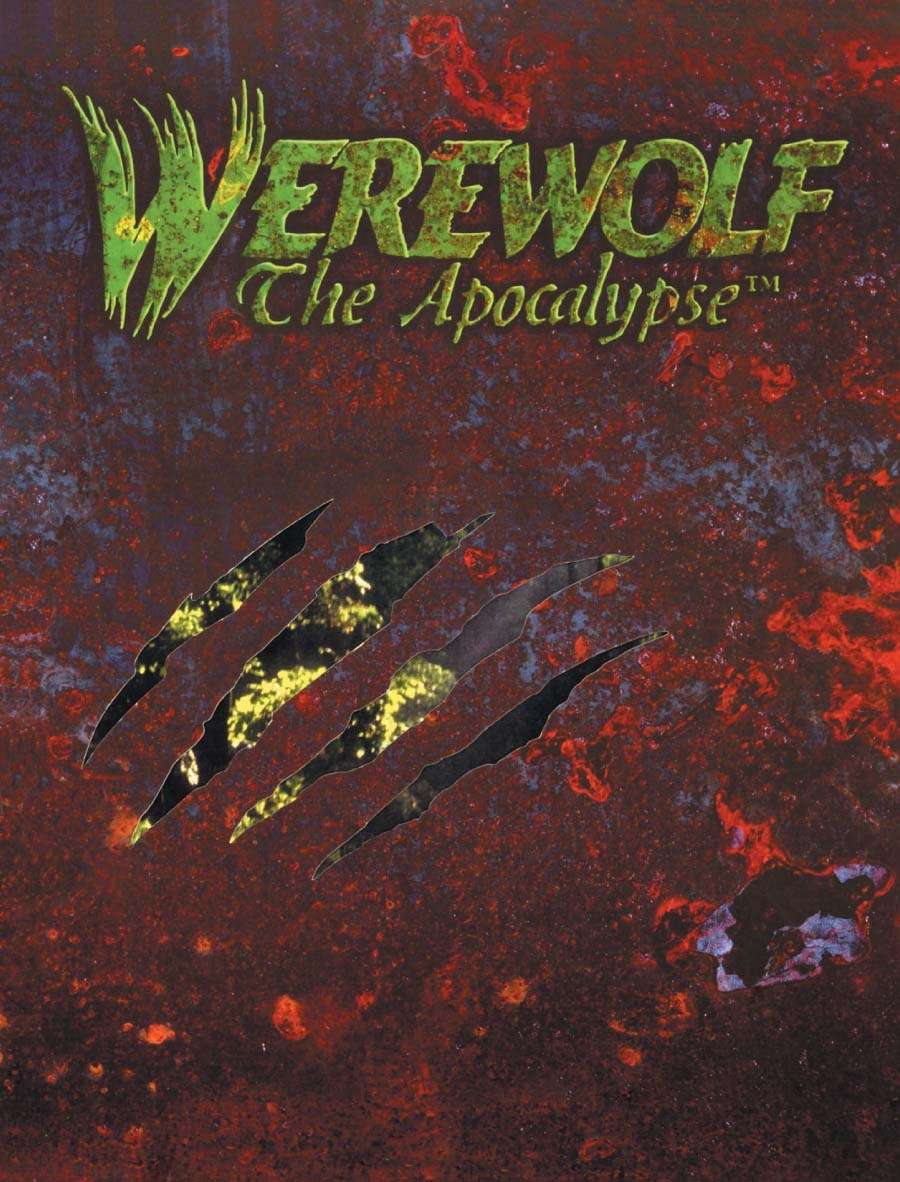
Werewolf: the Apocalypse
A year after its debut with Vampire: the Masquerade, White Wolf followed up with another World of Darkness game, Werewolf: the Apocalypse. In stark contrast to Vampire, Werewolf jettisoned the secretive goth aesthetic in favor of a more naturalistic tone, in which its titular werewolves fought back against technological advancement and eco villains called the Wyrm. Werewolf was White Wolf’s second most popular game but never built up the cultural cachet Vampire had.
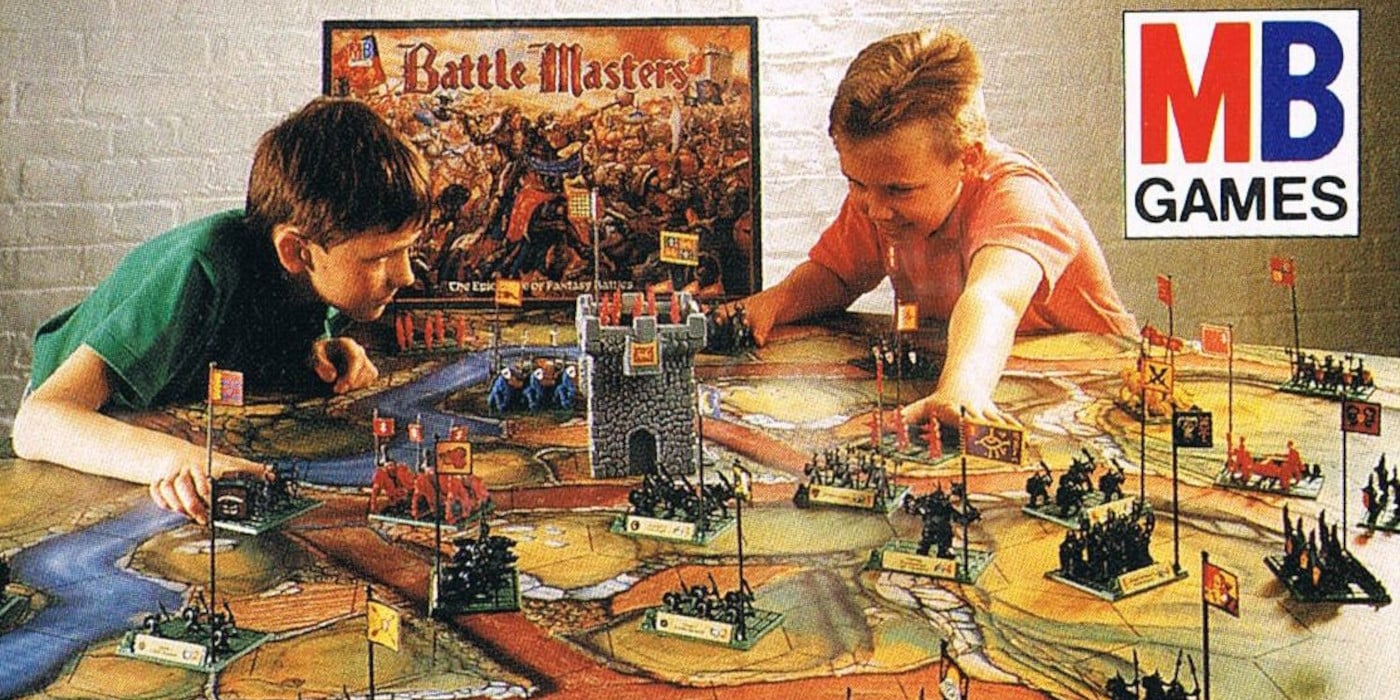
Battle Masters
Another collaboration between Milton Bradley and Games Workshop, 1992’s Battle Masters brought the full-scale warfare with units model of Warhammer Fantasy Battles to the board game realm. Battle Masters put players on a massive vinyl mat covered in hexes, gave them movement trays with units, and had them push said units around the table, attempting to kill the other player’s units. The models are very reminiscent of Warhammer Fantasy and HeroQuest aesthetics. It’s a big game and like with HeroQuest, a dangerous gateway drug to Warhammer.

Super Mario Land 2: 6 Golden Coins
The original Super Mario Land was an important game – it was a solid launch title for the console and was definitively a Mario game – but not a particularly great game overall. Nintendo shored all that up with its second Game Boy mario title, which saw Mario returning home to find his castle overtaken by Wario, his childhood friend. The game has players collect six golden coins across different worlds in order to re-enter the castle and take Wario down. It was a huge step up from the first game and is one of the best and most technologically impressive games on the original Game Boy.
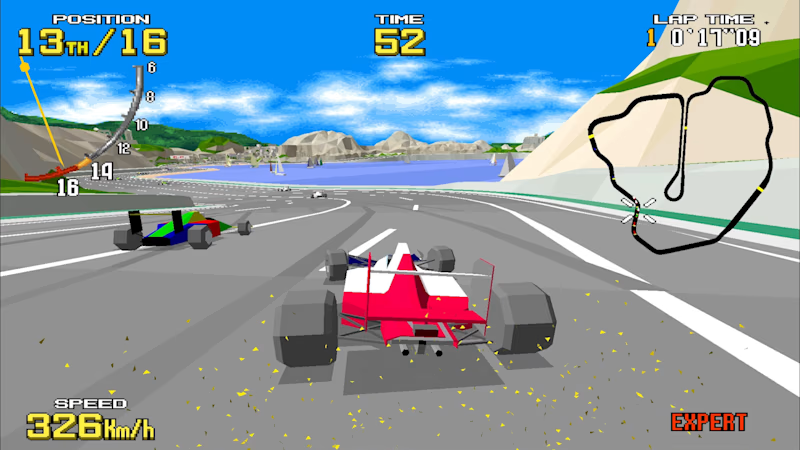
Virtua Racing
Sega released this latest racing game to arcades in mid 1992 and the game immediately became a bestseller. Virtua Racing is an F1 racing game that was among the first to feature full-color polygonal 3d graphics, giving players a 3d racing experience like never before. The game featured three courses and was an immediate hit at arcades, becoming one of the best selling arcade games in 1993.
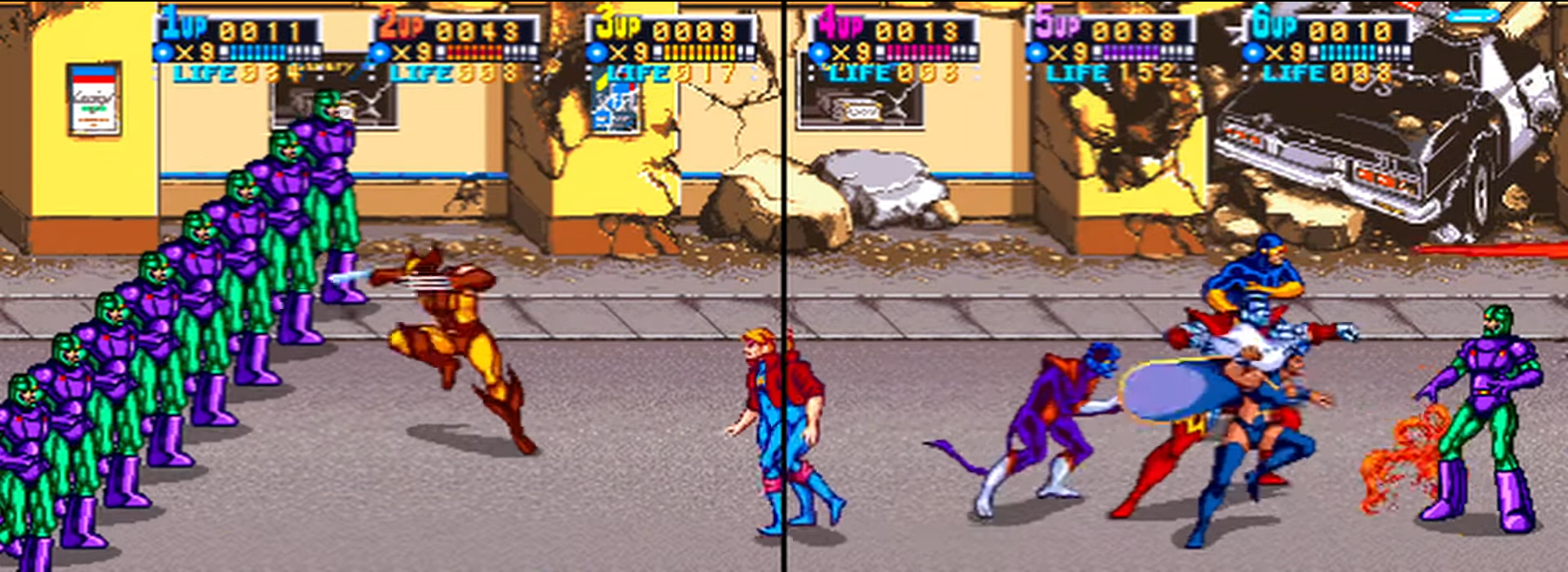
X-Men Arcade
One of the most memorable arcade cabinets of all time is the six-player X-Men arcade game developed by Konami and released in 1992. Featuring two screens and six controllers, players would take on the role of one of Nightcrawler, Wolverine, Cyclops, Colossus, Storm, or Dazzler and work together to take on Magneto’s brotherhood of evil mutants. The designs and plot were based on the 1989 cartoon X-Men: Pryde of the X-Men and the game featured colorful sprites and levels. There were also two- and four-player versions but that six-player, two-screen machine was arcade bliss.

Wolfenstein 3d
John Carmack and John Romero made history in 1992 with the release of id Software’s Wolfenstein 3D, the game which essentially popularized the first-person shooter. Yeah, there’d been FPSes before Wolfenstein, but they tended to be vector-based games where you’d pilot a tank or something similar. Wolfenstein 3D gave PC gamers a colorful, full motion world with secrets, power-ups, and hundreds of Nazis to kill. Wolfenstein 3D is an all-timer and one of the most important games ever made.
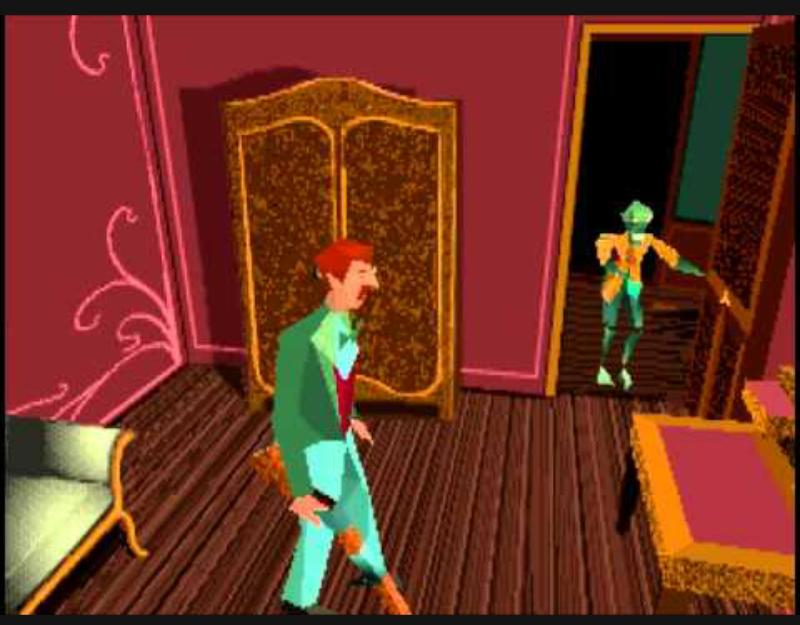
Alone in the Dark
One of the originators of the survival horror genre, Infrogrames’ 1992 release Alone in the Dark had players pick a protagonist and attempt to escape a haunted mansion. While in the house, the player must contend with traps, puzzles, limited inventory space, and a variety of ghosts nad other supernatural baddies. The game was a massive influence on Resident Evil and spawned a number of sequels.
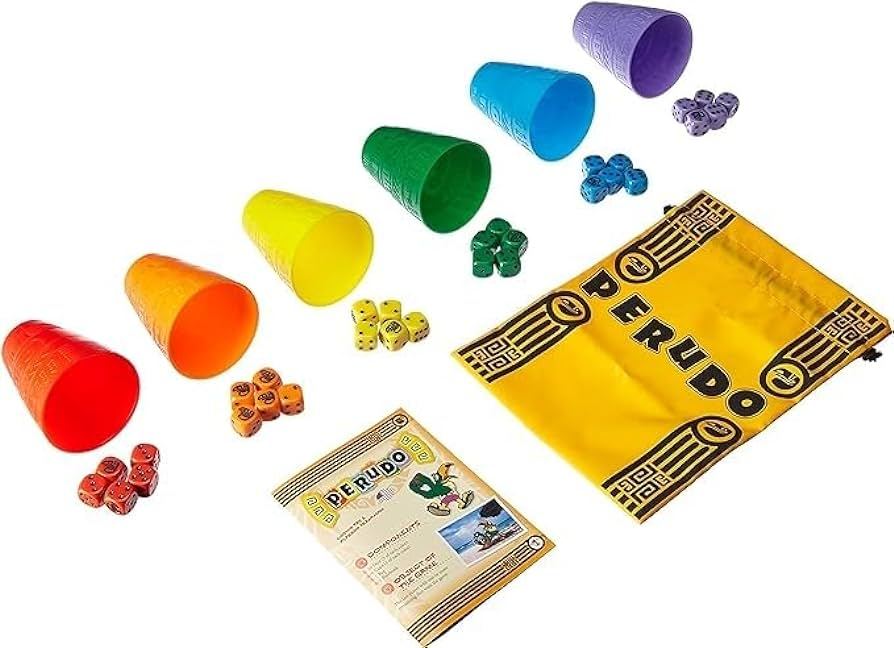
Bluff aka Perudo
Raf Cordero: Ok this is a weird one. Perudo, also known as Liar’s Dice, can trace its origins back hundreds of years and is a gambling game played on streets around the world. Bluff aka Call My Bluff aka Perudo (ish?) is an extraordinarily similar game designed by Richard Borg that he based on Liar’s Poker, a bar-betting game that is a riff on Liar’s Dice. Still with me? I wouldn’t blame you if you aren’t. Whatever you want to call this game, it’s a dirt simple dice game that sits squarely in the intersection of statistics and bold face lying which is itself also just the entire field of statistics.
In Bluff players have a handful of dice and a cup. Shake the cup and slam it down and take a peek at what you’ve got, keeping it a secret from the rest of the table. At this point the betting begins. Knowing only what you’ve rolled you have to make a bet comprised of 2 parts: a number of dice and a pip-value. For example, betting “four twos” means you think there are at least four dice showing 2 pips among all the players at the table. The next player can either challenge, which forces a table reveal, or raise. Raising involves raising one of the two parts of the bet, or both. In our example you could say “Four threes” or you could save “five twos”.
I’ve played a card based version of this, and a version called Skull that uses decorative coasters. Whatever version, they all feel the same and are a good bit of simple bluffing fun. I doubt this wins the Spiel these days, but at the time it was revolutionary and launched Borg into a career that would eventually bring us games like Memoir ’44.
Why It Was the Best Year in Gaming
MORTAL KOMBAAAAAAAAAAAAAAAAAAAAAAAAAAAAAAAAAAT!! 1992 was an amazing year for arcade games, featuring not just Mortal Kombat and Virtua Racing but also Street Fighter 2: Champion Edition, Leo, Puyo Puyo, Golden Axe: Return of the Death Adder, Lethal Enforcers, and Outrun. On the console side, 1992 gave us the first hot year of the console war between Nintendo and Sega with a number of solid releases on either console. Sonic the Hedgehog 2 and Mario Kart are the standouts here but there are plenty of other solid games in the mix. And on the PC, Wolfenstein 3D made waves and completely changed the face of gaming, setting up a path for PC gaming for decades to come.
On the traditional games side Werewolf was one of White Wolf’s more popular games, and Battle Masters was one of the more impressive board games Milton Bradley ever worked on, full of little fortifications and sweet models. Sure, some of 1992’s games are eclipsed by better entries but the year had a ton of variety when it came to the types of great games being released.
This article is part of a larger series on the best year in gaming. For more years, click this link. Have any questions or feedback? Drop us a note in the comments below or email us at contact@goonhammer.com.
